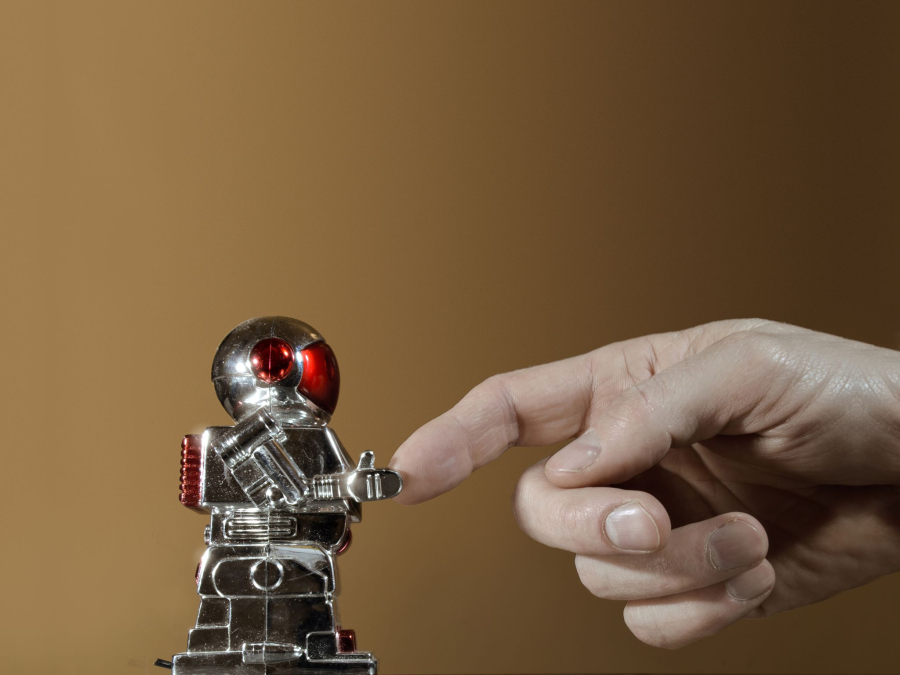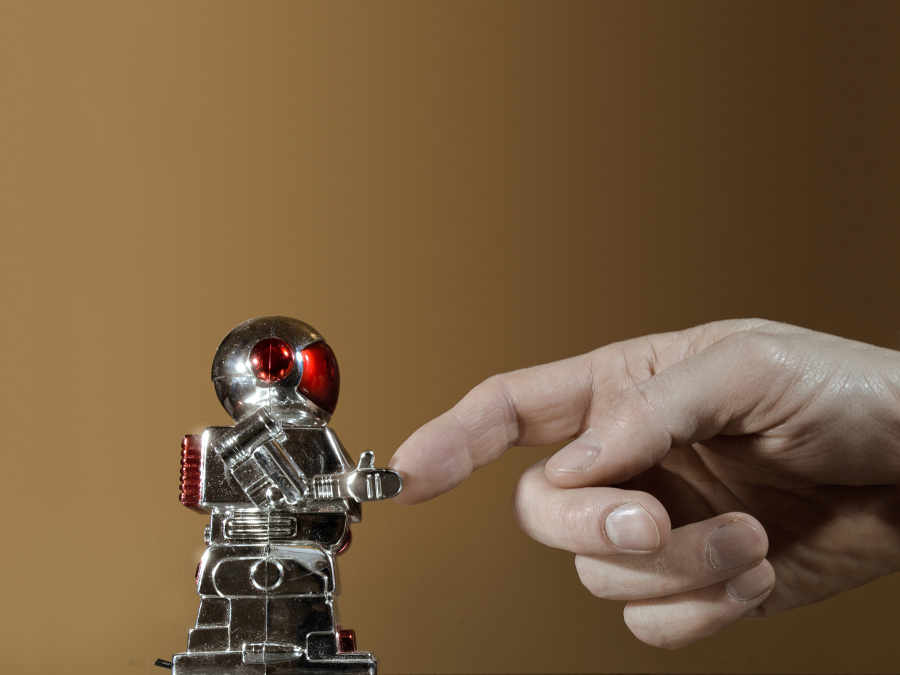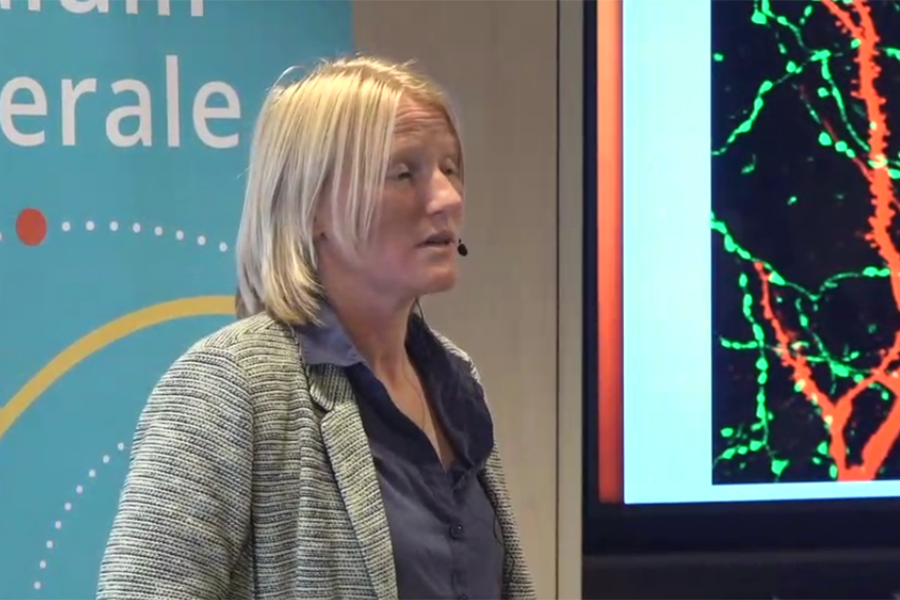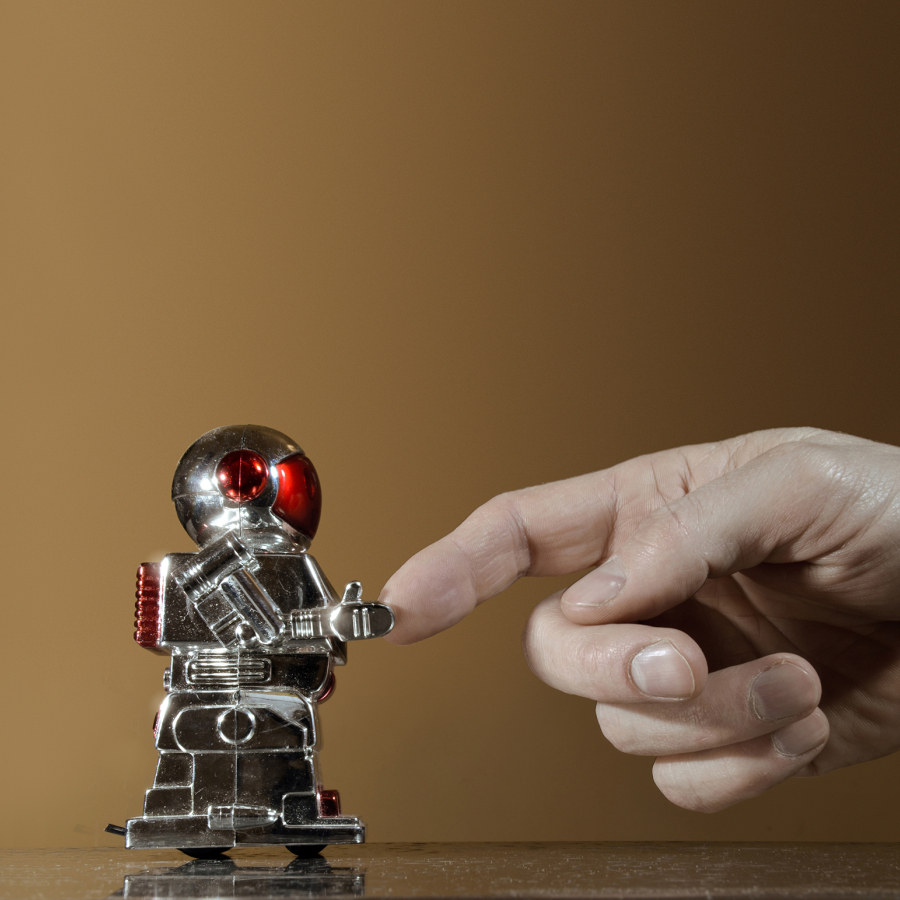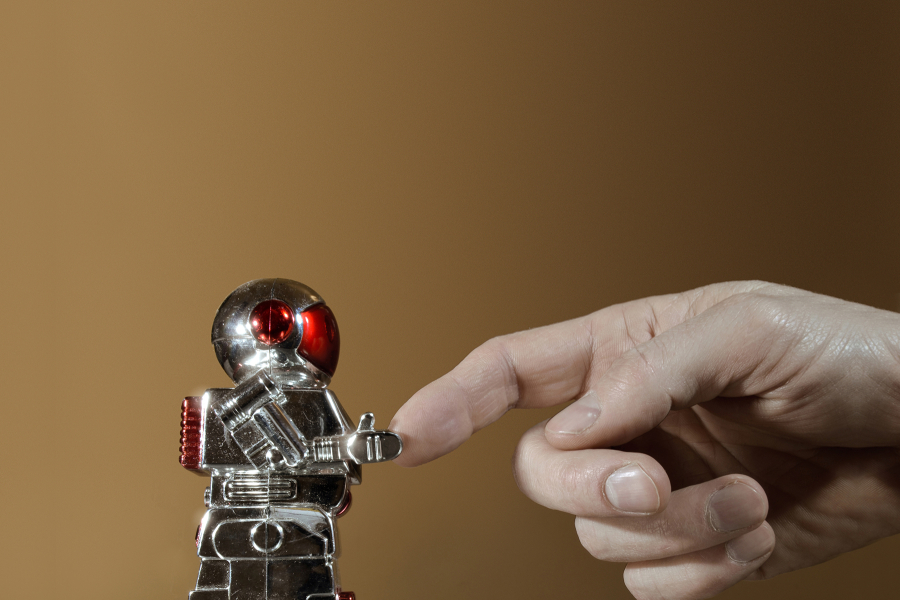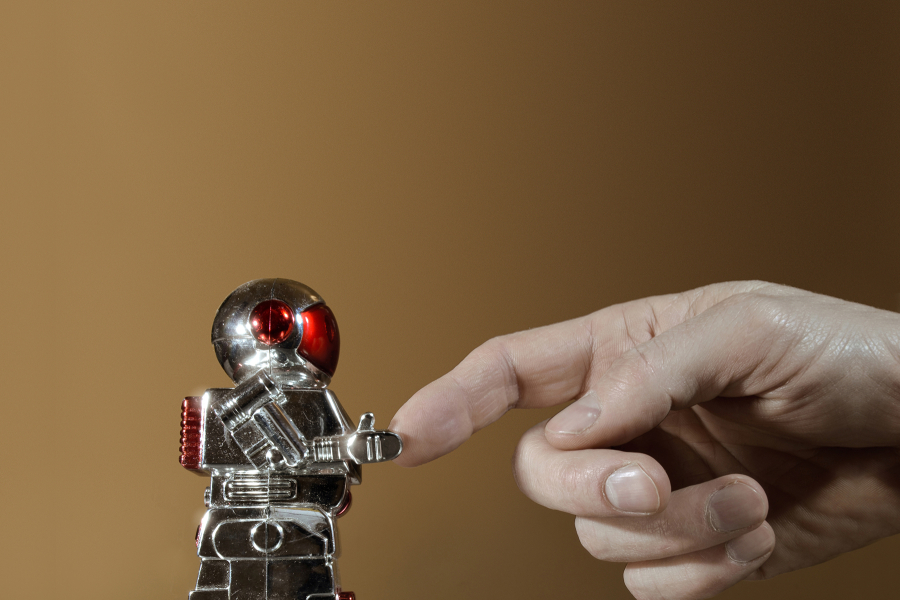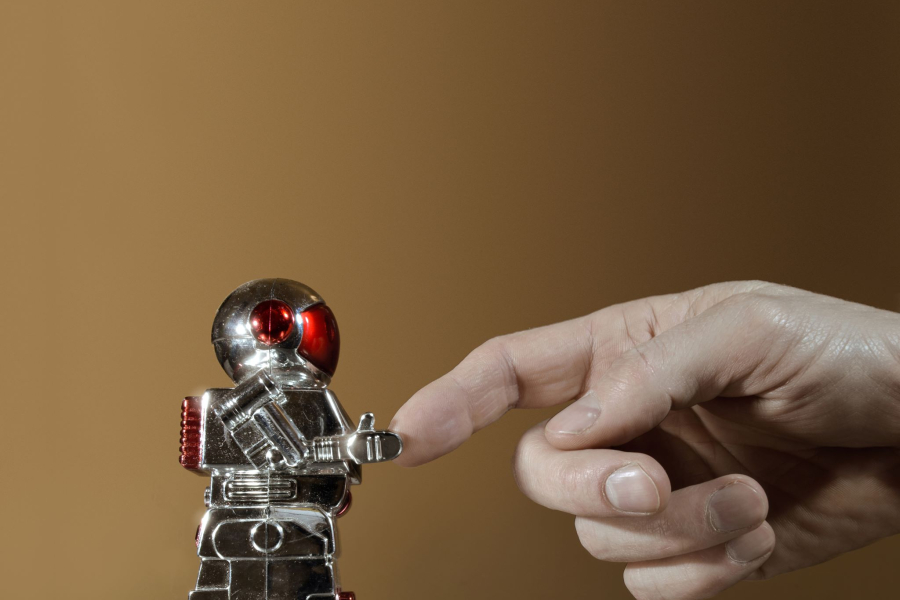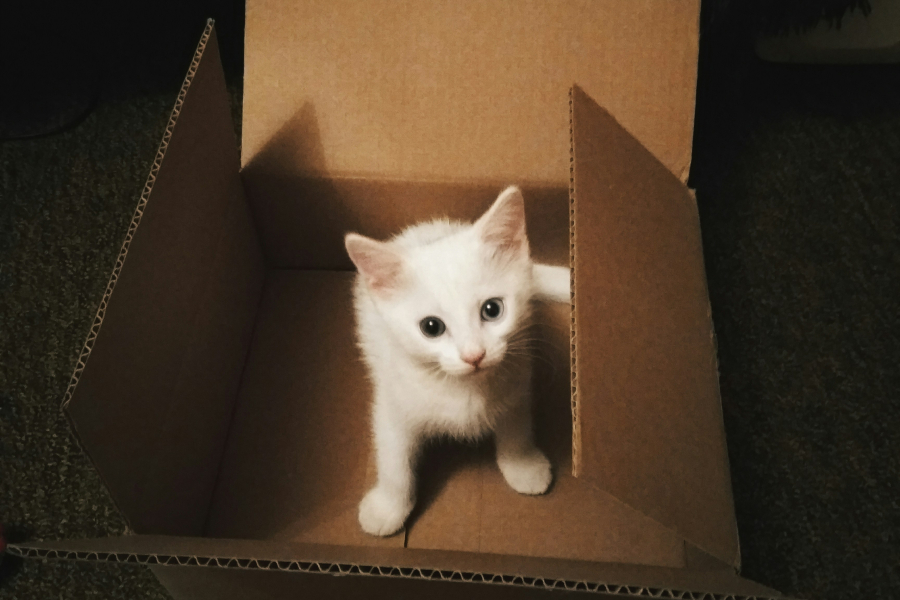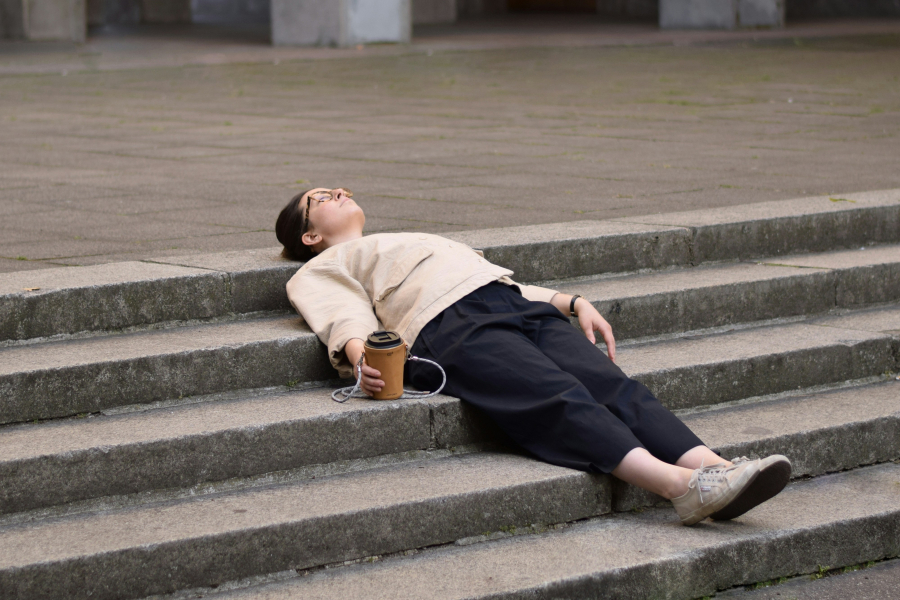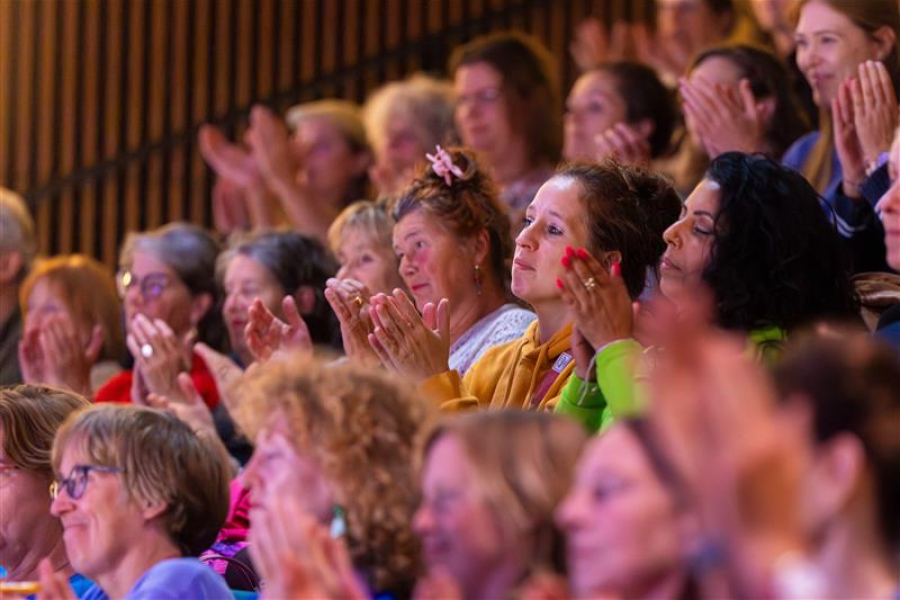Memoirs of the mind
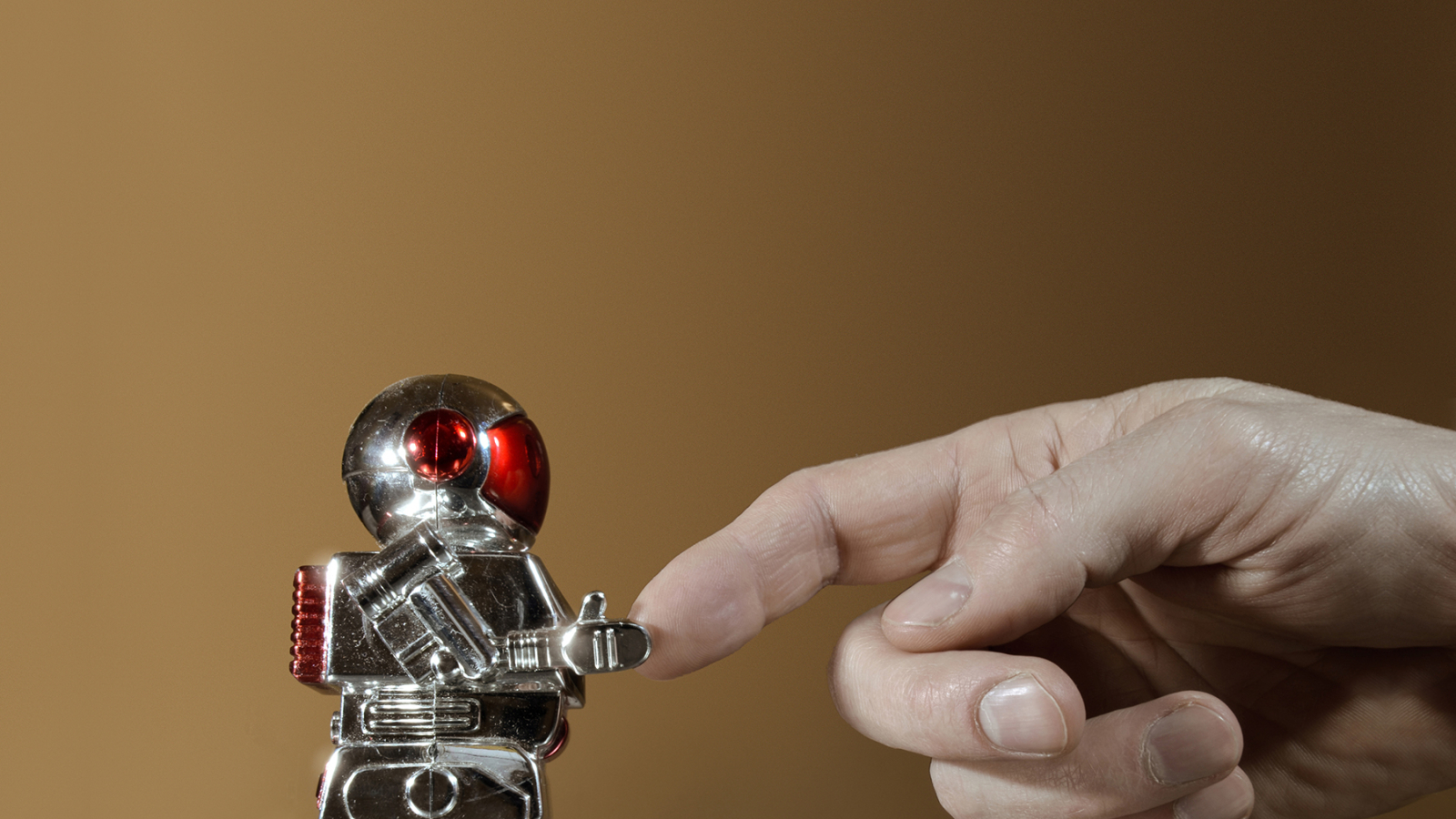
The brain is an interpreter
How is it possible that two people who have seen the same thing, remember it differently? Does one of them have a better memory? Nothing like that, it has to do with the selection process of the brain, the filtering process. Wieringa explains that, roughly speaking, the brain has two functions: it perceives the world around us and it generates behavior. However, the brain is not an objective observer by any means. It perceives that which is relevant for our behavior, which means that sometimes it will perceive things that are not there, and sometimes it might miss things that are there. When we are angry or in love for example, the brain will observe the information in a way that is relevant at that moment. In other words, the brain is an interpreter rather than a detector.
What is a memory?
Now how does the brain process this information? According to Wieringa, the brain consists of millions of cells, called neurons. These neurons receive and send information. When a signal from the outside world enters the brain, say a smell or an image, certain connections between neurons are activated. These neuron groups then connect to other neuron groups, that connect to other neuron groups, etcetera. You can see a sort of domino effect taking place in the brain. So that's basically what a memory consists of: groups of neurons, connected to other groups of neurons. The way these connections are formed, also lay the foundation for our associations and interpretations. Take this image for example:

In the image above we can see a number of shapes. In between there is empty space. But because of the associative connections taking place, our brain connects the shapes, and makes the collection of shapes and space look like a football.
Making new memories
So far we understand that memories are associative connections between neuron groups. But if memories are triggered by former connections being activated, how do new memories come into existance? Well, notes Wieringa, the connections between neurons are not fixed, but flexible. "Through experience, through learning, you can make connections stronger, or make new connections." So the wiring in our brains can change with new input. "Whenever you learn something new, you're changing your connections."
Storing memories
A famous medical case of the fifties was patient HM, also known as the man with no memory, notes Wieringa. Patient HM suffered from serious epilepsy and underwent surgery in order to be cured from his disease. The doctor removed a part of his brain, which in effect inhibited his brain from being able to store new memories. So now patient HM didn't have epileptic seizures anymore, but he also didn't have the ability to learn anything new anymore. Because whenever he did learn something new, he would forget it almost instantly. How is that possible? According to Wieringa there are two areas in the brain that are essential in the process of storing new memories: the hippocampus and the cortex. Most information is stored in your hippocampus. Over time, the information is transferred to the cortex, creating long lasting memories there. In the meanwhile the hippocampus becomes 'free' to store new information again. "The hippocampus is your scratch board", notes Wieringa. However, the importance of the hippocampus should not be underestimated.
Sleep well
It's not clear exactly how long it takes for information to 'move' from the hippocampus to the cortex, but Wieringa explains that sleep is an important factor. Sleep is necessary for the long term storage of memories. "In your sleep your brain reiterates what it has heard today. If you do not sleep tonight, then later on you will not remember much of this lecture anymore." This causes some questions to arise. Do we repeat everything we've learnt in a day in our sleep? If not, how does the brain select which connections to repeat and which not? How does it select which memories are relevant for behavior when we are asleep? What is the role of dreams in this process? There are a lot of questions that Wieringa cannot answer herself. As she states: "this will be a life-long research, and at the end of it, most of the brain will still remain a mystery."
In the next lecture of the series Breaking Bèta, yet another big mystery will be addressed: Prof. dr. Thomas Peitzmann (Subatomic Physics UU) explains what antimatter is and what it can teach us about the universe.

